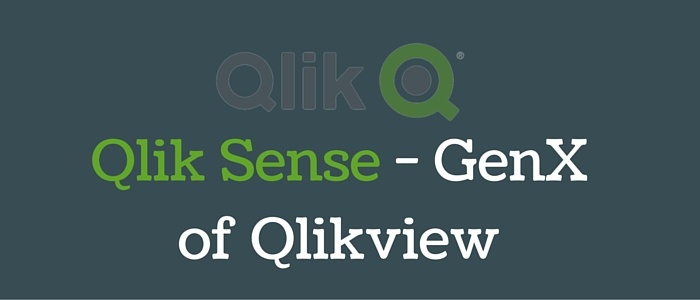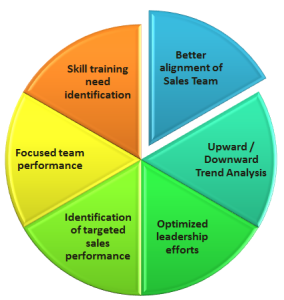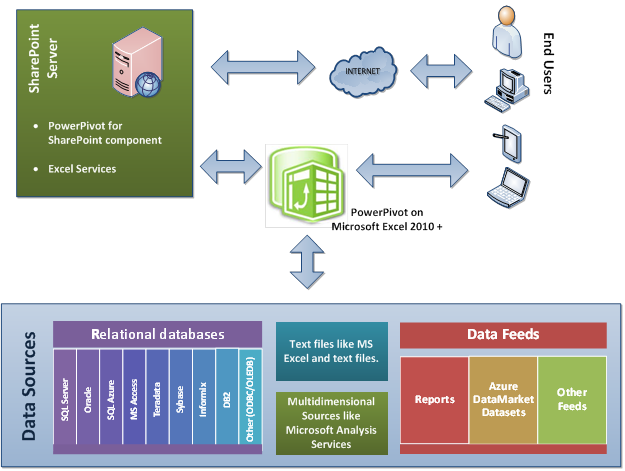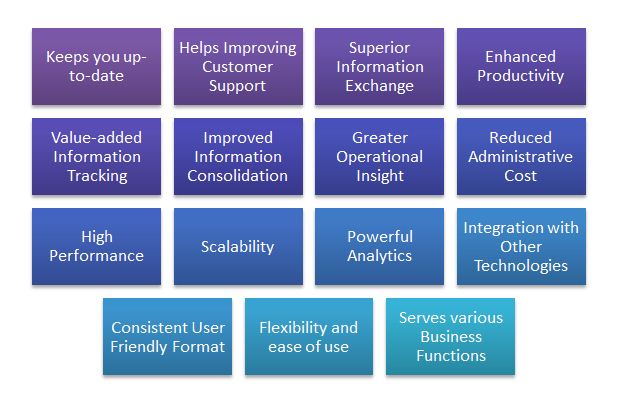In today’s competitive environment, a proper BI services is a must to have for many organizations. Companies in various industries are implementing BI systems for effective decision making, reducing resources for manual efforts and utilizing them to focus more on analyzing data and defining and enhancing the KPIs.
Companies which are grasping the true BI potential are working hard and taking actions to have such information systems in place. After all, time, as always, is essence.
As there are many “BI Solutions” available out of the box and many are offering custom solutions, the major challenge most of these organizations are facing is selecting the right BI tool. Organizations find it difficult and labour intensive to execute selection process and gather all the necessary data
Below are some of the aspects which perhaps help in evaluating the right tool -
- Architecture and Core Features
One of the critical aspects, while selecting the tool is to understand the architecture and core features offered by the tool. This helps in better understanding the capabilities of the tool while addressing issues like usability, security, scalability, metadata and overall integration opportunities. During the evaluation, overall system perspective needs to be considered and not just a stand-alone tools perspective. A careful consideration needs to be given looking at the overall BI applications road map that specifies the type of BI solution to be built. - Cost of ownership
While there are some tools freely available in the market, it is very hard to digest the pricing model of paid tools. This typically happens when more attention is given to the immediate visible cost and not to “Total Cost of Ownership”. Cost of Ownership typically covers - Costs related to overall hardware and software needs including servers, tools, networking, workstations or mobile devices, installations, hardware and software integration, licenses, migrations if needed etc.
- Operating Expenses like infrastructure, maintenance, security, backup and restore mechanisms, system downtime, training, management time etc.
- Long term expenses like hardware enhancements and replacements, software upgrades etc.
- Data volume
Many times the tool is evaluated based on certain out of box demos running on sample data. It is very critical to consider the real data need during tool selection. Some tools don’t really support large volumes of data. This creates issues during long run when data grows really big in volume and passes the threshold limit of the tool. - Performance
There are possibilities that even if the information is present, adoption by the business is narrowed if reporting and analysis tools do not deliver the information how, when and where it is needed for each individual. These challenges hamper the on-time delivery and quality of information to the business, and create a barrier to the business that needs to make faster, better and more informed decisions. - Superior Analytics
It is essential that BI tool provides extensive set of data manipulation and analytic options allowing user to dive deep into a report to identify and discover important trends and patterns in the data. User should be able to drill anywhere in the entire data warehouse for boundary-free investigative analysis. Report designers and analysts should be able to view and embed predictive analytics in reports and then distribute them to all relevant decision makers and stakeholders. - Single Platform serving diverse user interactions
While selecting the tool it is necessary now to look after high performance, scalable enterprise Business Intelligence platform which is capable of delivering deep insight with interactive dashboards and superior analytics to large user populations interacting with BI systems using various interaction channels like web browsers, mobile devices, office applications, etc. - Swift and Intuitive User Experience and Usability
It is often complained that Business Intelligence tools are one of the most difficult to use relative to other technologies. The major role of a user interface is making business intelligence pervasive; and facilitating the business intelligence adoption. The more responsive web interface, increases user productivity and improves the user adoption. - IT Resources and Admin Efforts
Some tools are built considering the reusability. They provide better maintenance cutting down the data redundancy. They offer comprehensive administrative tools passing the power on to actual business users minimizing the need of dedicated IT staff. - Quick and easy implementation, deployment and maintenance
Due to changing requirements, there are enhancements needed in the BI implementation. A good BI tool should provide organizations a platform that is quick to implement and deploy. It needs to be easy to maintain and administer powered by a single code base that offers the advantage of reusable business logic across the entire platform. - Easy migration and consolidation capabilities
BI tool and supportive admin utilities should enable departments to incrementally migrate their business logic into a consolidated enterprise BI environment. This is very much essential as businesses grow; there is a need to enhance the BI implementation as well.


.jpg)





